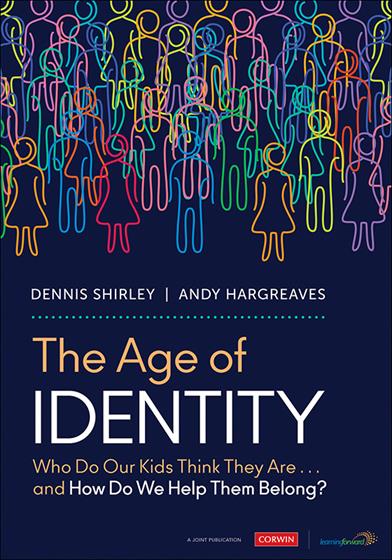Improving Mental Health Among Transgender Adolescents: Implementing Mindful Self-Compassion for Teens
By Karen Bluth, Christine Lathren, Melissa Clepper-Faith, Lillia M. Larson, Daniel O. Ogunbamowo, and Samantha Pflum
Journal of Adolescent Research; 2023; Volume 38, Issue 2
Transgender adolescents exhibit depression at a rate four times higher than their cisgender peers, and they are five times more likely to attempt suicide. Though research on the topic is relatively new, there are self-compassion strategies and interventions that could lead to improved mental health outcomes for this vulnerable group.
This study utilized an intervention program designed for adolescents and modified it for use specifically with transgender individuals aged 13 to 17. The program focuses on self-compassion interventions because they have been shown to decrease suicidal ideation by promoting a sense of belonging and by mitigating feelings in which adolescents feel like a burden to other people in their lives, both of which have been found to contribute significantly to suicidal thoughts. The study wanted to measure whether this program could work with transgender adolescents because stressors for such children are qualitatively different and greater than those in cisgendered children, whatever their sexual orientation. Using qualitative and quantitative data, they found that psychosocial outcomes improved in all measured domains except one, and that specific strategies, like connecting transgender children with their transgender peers, were independently valuable.
Though the intervention program was found to be both feasible and effective, researchers identified several opportunities for improvement when working with transgender youth, including the presence of a transgender instructor, pre-program interviews that identify triggering subject matter and intervention techniques, and establishing clearer video and audio norms in advance of beginning the intervention. Due to the small sample size and the lack of a control group, the researchers emphasize that further research for such interventions is necessary, but they are encouraged by the magnitude of positive changes observed between pre- and post-intervention.
Related Titles
Don't Have Much Time?
Everyone should read the Minority Stress Theory and Self-Compassion: A Potential Protective Factor sections as they provide excellent context for readers who may be unfamiliar with the challenges transgender adolescents face. Once you have a sense of the scope of the research, reading the Qualitative Data, especially concerning the usefulness of Virtual Safe Spaces, will help you understand how these interventions benefit transgender youth. If you are interested in reading more about the program featured in the study, you can visit https://centerformsc.org/msc-teens/.
Reflection Questions and Next Steps
- Were you aware of the mental health challenges that transgender adolescents face? After reading about them, do you feel that your school has the resources necessary for supporting transgender youth? Are there challenges not mentioned in this article that you think transgender children face in your school? How can you begin addressing those?
- This article distinguishes between “distal stressors (i.e., external events and conditions)” and “proximal stressors (i.e., internal or relating to one’s subjective perceptions and appraisals)” that negatively affect mental health for transgender children. Discrimination and victimization, including the lack of access to safe bathrooms, are explicitly named as common distal stressors. Is your school equipped to address such challenges? Now that you know about these challenges, are there steps you can take to help transgender youth feel safer when they are at your school?
- After reading the section on Qualitative Data, what kind of programs or interventions come to mind that you could implement in your own school? Do you have safe spaces for transgender children? Is your staff aware of the challenges that transgender youth face and are they trained to support them?

